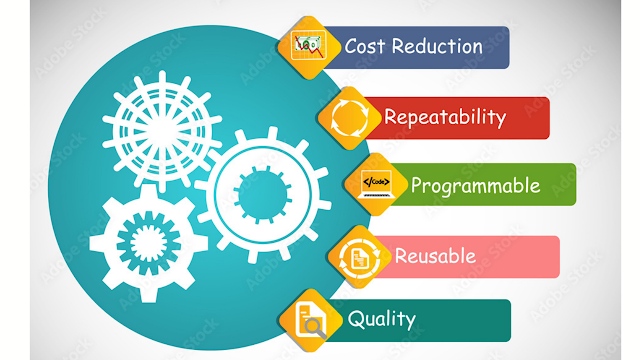Software Quality Testing Objectives and Metrics

Software quality testing is a method and practice for ensuring software quality by monitoring the software engineering processes and procedures utilized in a project. It could incorporate the following standards or models like ISO/IEC 9126 (since superseded by ISO 25010), SPICE, or CMMI. Software quality testing is a supporting process, according to Automotive SPICE (which is based on ISO/IEC 15504). It gives independent assurance that all work deliverables, activities, and processes are in accordance with set plans and quality strategies.
Software quality testing includes requirements engineering, software design, coding, code reviews, source code control, software configuration management, testing, release management, and software integration. Goals, commitments, talents, actions, measurements, verification, and validation are all part of the plan.
Process of Quality Testing
Let's take a closer look at the aforementioned Quality Testing Process phases -

Plan: The organization should plan and create process-related objectives as well as the processes needed to deliver a high-quality end product.
Do: Process development and testing, as well as "do" changes to processes.
Check: Processes are monitored, modified, and checked to see if they achieve the planned objectives.
Act: A Quality Assurance tester should take the steps necessary to improve the processes.
What are the goals and purposes of software testing?

The following are the main goals of software testing:
Detecting faults that may have been introduced by the programmer during the development of the software.
To eliminate flaws.
To ensure that the final product fits the needs of both the business and the users.
To ensure that it meets the BRS (Business Requirement Specification) and SRS (System Requirement Specifications) requirements.
To acquire clients' trust by offering them a high-quality product.
Major software quality testing activities:
Software Quality Testing Management Plan: Create a strategy for executing the software quality testing throughout the project. Consider which software engineering activities are most appropriate for your project. Check the talent level of the software quality testing team.
Establish Checkpoints: The software quality testing team should establish checkpoints. Evaluate the project's performance based on the data obtained at various checkpoints.
Multi-Testing Strategy: Don't rely on just one type of testing. When you have a variety of testing methods at your disposal, employ them.
Measure Change Impact: Making modifications to rectify an error might sometimes lead to the reintroduction of new errors. Keep track of the change's influence on the project. Check the compatibility of this fix with the entire project by resetting the new change.
Maintain Positive Relationships: In the workplace, maintaining positive relationships with other teams involved in project development is essential. A sour relationship between the software quality testing team and the programming team will have a direct and negative influence on the project.
Some Advantages of Software Quality Testing

Software Quality Testing is a software development company that provides high-quality software.
Time and money are saved when you use a high-quality application.
Software Quality Testing improves reliability.
Software Quality Testing is advantageous when there is no need for maintenance for an extended period of time.
High-quality commercial software boosts a company's market share.
Enhancing the software development process.
Improves the software's quality.



Comments
Post a Comment